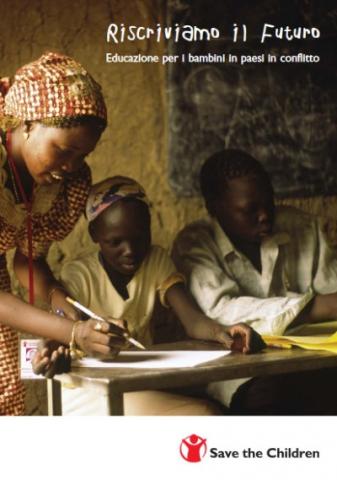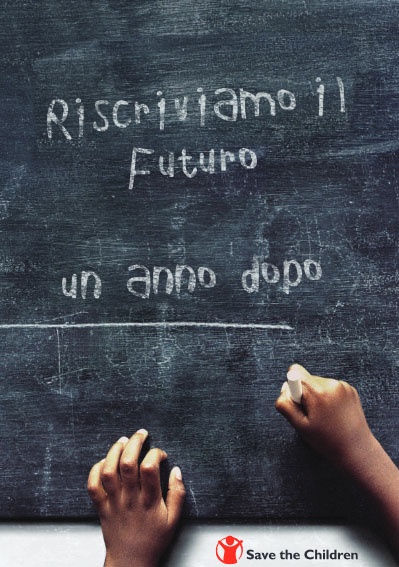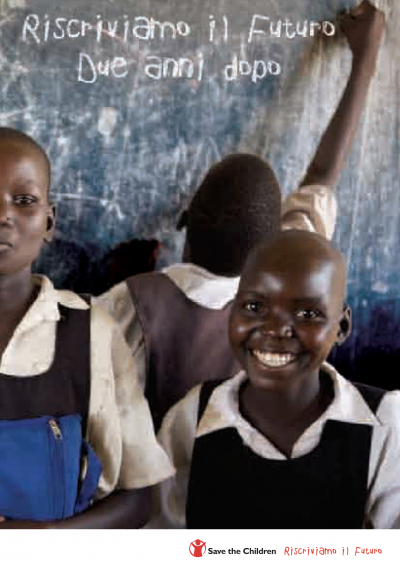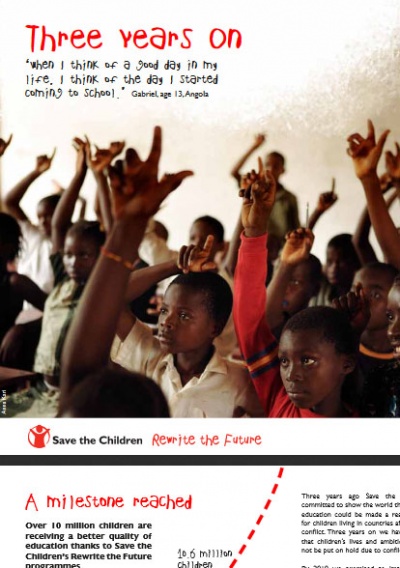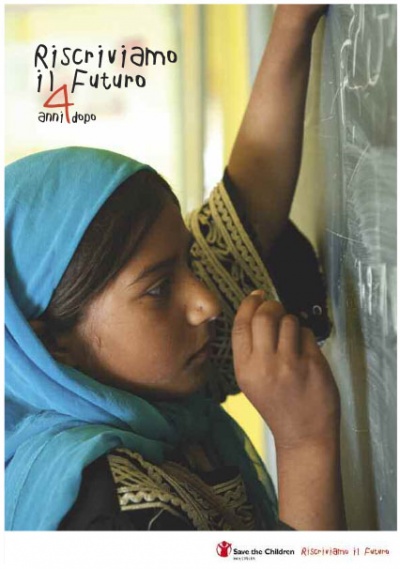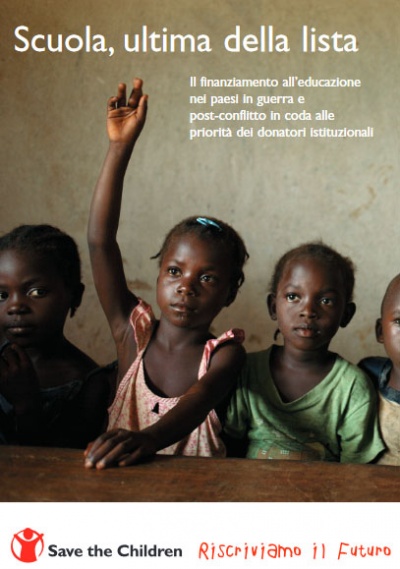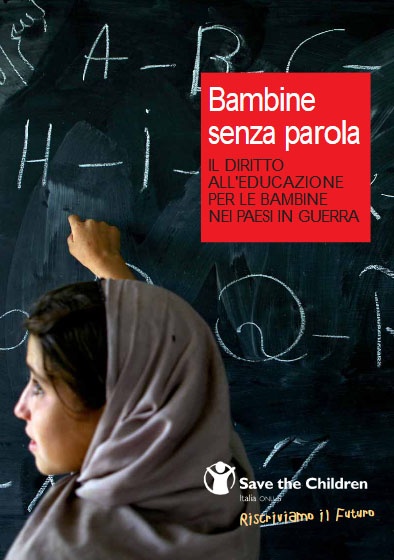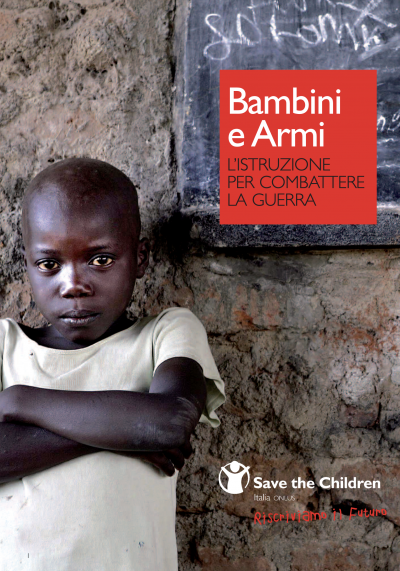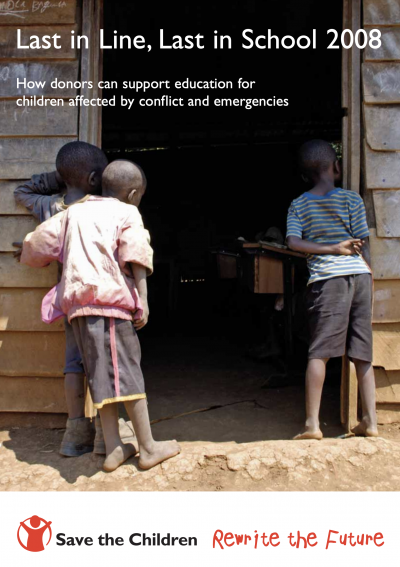Riscriviamo il Futuro - Educazione per i bambini in paesi in conflitto
Abstract
Oggi, 115 milioni di bambini nel mondo non frequentano la scuola primaria, il 18% della popolazione mondiale in età scolare. Ci sono molti fattori che tengono questi bambini lontano dalla scuola, ma uno degli ostacoli maggiori, nonché il più difficile da gestire, è la guerra. Oltre ad uccidere e ferire milioni di bambini, la guerra disgrega la normalità del quotidiano, costringe milioni di famiglie ad abbandonare le proprie case, separa i bambini dai loro cari e riduce le scuole in macerie. Save the Children ha stimato che dei 115 milioni di bambini in età scolare che non vanno a scuola, almeno 43 milioni – 1 su 3 – vivono in paesi fragili in stato di guerra. In situazioni di conflitto, i sistemi scolastici tendono a disgregarsi. La classica reazione da parte della comunità internazionale è di solito quella di avviare un intervento d’emergenza, concentrandosi sugli aiuti primari quali protezione, cibo, acqua, misure igieniche e assistenza sanitaria. L’educazione è spesso trascurata dagli interventi d’emergenza, sia che si tratti di calamità naturali o di conflitto. Se i bambini vittime di guerra non saranno protetti e istruiti, il loro futuro e il futuro delle loro nazioni sono seriamente a rischio. Ecco perché le 28 organizzazioni dell’International Save the Children Alliance hanno unito le forze per riscrivere il futuro di milioni di minori a cui è negato il diritto all’educazione a causa della guerra.
Today, 115 million children who should be in primary school are not, the18 per cent of the world’s primary school-aged children. There are various factors keeping these children out of school, but one of the biggest barriers, and the most difficult to tackle, is conflict. As well as killing and injuring millions of children, conflict disrupts normal life, forces millions of families to flee their homes, separates children from their families, and reduces schools to rubble. Save the Children has calculated that, of the 115 million primary-aged children not in school, at least 43 million – one in three – live in fragile states affected by armed conflict. Within conflict situations, systems tend to shut down. The traditional response from the international community is to initiate an emergency response, focusing on emergency aid such as shelter, food, water, sanitation and healthcare. Education is frequently left out of emergency responses, whether they are to natural disasters or conflict. Unless children affected by conflict are protected and educated, their futures, and the future of their nations, are seriously imperilled. Yet the world would be a better place for all of us if every child had an education and every child had a fair chance in life. That is why 28 International Save the Children Alliance organisations across the world have joined forces to rewrite the future for the millions of children who are being denied an education because their countries are in conflict.
